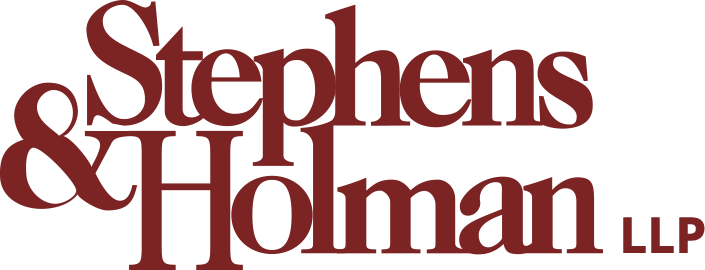British Columbia’s Occupiers’ Liability Act (OLA) requires that property owners and operators maintain safe and hazard free premises for visitors. Property operators are responsible for any conditions that lead to accidents while a visitor is on the property.
The OLA aims to prevent accidents due to leaks, spills, and recently cleaned floors not properly marked with a sign that indicates they are wet. This constitutes a hazard that can cause slip and fall accidents and result in serious injuries. The OLA requires warning visitors of these hazards.
If you’re a victim of a slip and fall accident, it might feel like it was your fault. However, a property owner can be considered legally and financially liable if they fail to alert the public when wet floors are a risk. Accidents resulting in injury can be evidence of serious oversight and disregard for public welfare by a property owner or operator, entitling slip and fall victims to financial compensation.
Wet Floor Hazards and The Occupiers’ Liability Act
Wet floors can arise from a variety of causes, including melted ice and snow, spilled drinks, broken appliances, and damaged pipes, as well as routine cleaning. The OLA requires wet floor signs by law, mandating those who own or operate a property limit the risks these hazards pose.
The obligation to maintain a safe premise extends to any parking lots or sidewalks within the boundaries of the property. This is called a “duty of care” and it mandates that those in charge of a property’s safety and maintenance must account for the impact their action, or in this case, failure to act, can have on others. However, duty of care only covers those with a legitimate reason to be on the property and does not extend to those illegally trespassing or loitering.
Common Slip and Fall Injuries
A slip and fall accident is legally recognized as a type of personal injury whereby people are hurt after coming into contact with dangerous conditions such as wet or slippery floors. In most cases, injury results when the person loses balance and one or more parts of their body collide with the ground underneath them. If you slipped on a wet floor, you may make a personal injury claim against the owner or operator of a property.
The impact caused by slip and fall injuries can cause both immediate and long-term physical harm. Many slips cause injuries that can result in chronic conditions and require ongoing medical care. Slip and fall accidents often cause:
- Concussions and brain bleeding
- Soft tissue injuries like sprained joints
- Traumatic brain injury
- Broken bones
- Dislocated joints
- Cuts and bruises
- Chronic pain
What to Do After a Slip and Fall Accident with No Sign
It’s key in the immediate aftermath of a slip and fall accident that you take the following steps for your health and, if possible, the preservation of evidence that will later serve as the basis of any future personal injury claim.
- Seek immediate medical care
- Report your accident to the property manager/owner
- Document the scene and your injuries with photos and/or video
- Gather information from witnesses
- Limit your contact with the responsible parties
- Adhere to doctor’s advice regarding your slip and fall injuries
Be sure to document the absence of a wet floor sign while collecting evidence. Your lawyer can work with witnesses to corroborate the lack of any hazard warning or attempts to clean up wet floors.
Holding those who violate the Occupiers’ Liability Act accountable is important for maintaining public safety and protecting individuals from property owner negligence. Contact the experienced lawyers at Stephens & Holman to receive a no fee, no obligation consultation to determine whether you have a personal injury case due to a slip and fall accident. A compassionate and trusted slip and fall lawyer can make all the difference when seeking the compensation you are entitled to.
